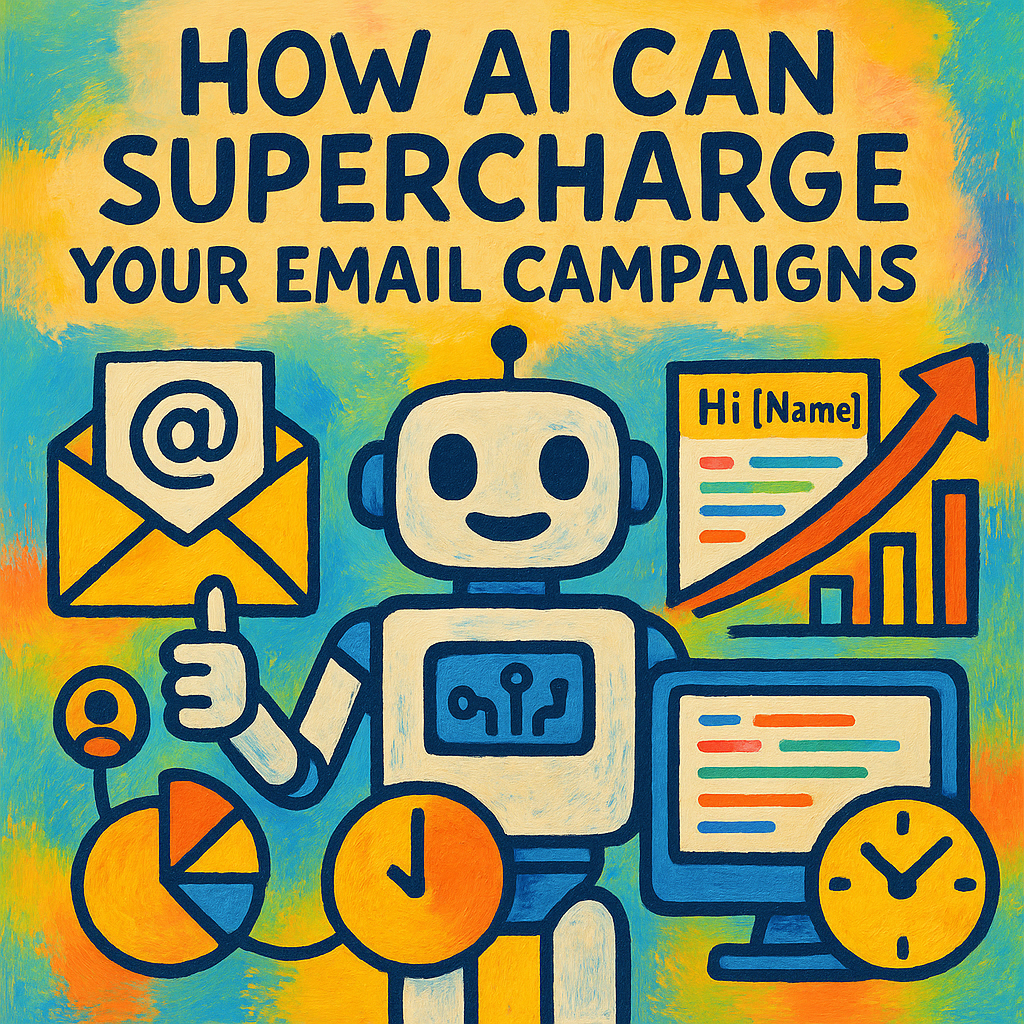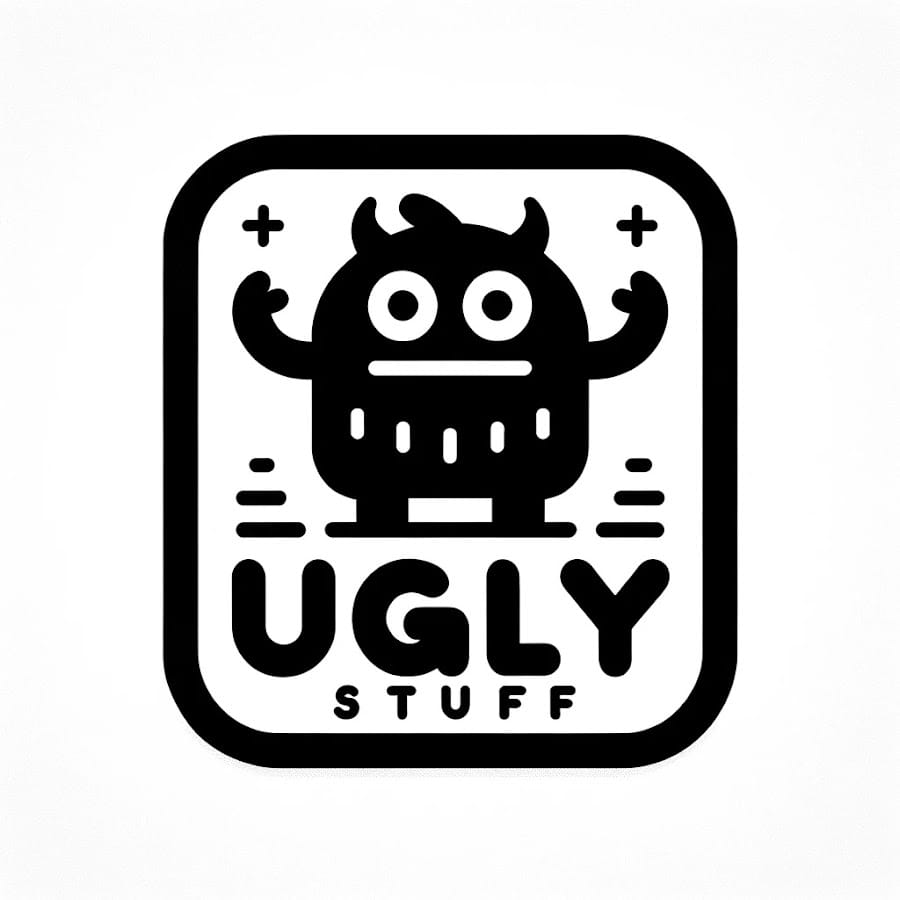Email marketing is not dead: It’s just getting smarter with the help of AI tools.

With artificial intelligence tools now integrated into platforms such as Mailchimp, Klaviyo and HubSpot, small businesses and artists can now leverage the same strategies employed by larger companies. This results in increased email opens, click-through rates and product purchases.
Here’s how AI makes it happen:
Smarter Segmentation

Instead of sending one big blast to everyone, AI groups your subscribers into micro-segments. It looks at purchase history, browsing patterns, and even how often they open your emails.
Example: One group might be “holiday shoppers,” while another is “frequent buyers.” Each group gets its own tailored message.
Benefit: More relevance = fewer unsubscribes and more clicks.

Real Personalization
AI doesn’t just put a name in the subject line. It can recommend products, adjust tone, and even rewrite content to match the reader’s behavior.
Example: Someone who looked at mugs on your site gets an email about your latest UglyMug design. Another person sees a planter feature.
Benefit: People pay attention when an email feels like it was written just for them.
Perfect Timing
AI tracks when each subscriber usually opens their emails. Some people check at 7 AM, others at 10 PM. Your campaigns can now land at just the right moment.
Benefit: Better open rates because your emails arrive when people are actually paying attention.
Continuous A/B Testing
Normally, A/B testing is a chore. AI handles it in real time, sending different subject lines or layouts to small groups and automatically rolling out the winner.
Benefit: You’re always improving your email performance without lifting a finger.

Predictive Analytics
AI can even predict who’s likely to unsubscribe, who’s ready to buy, and who needs a nudge.
Example: Someone who hasn’t opened in a while might get a re-engagement offer before they drop off your list entirely.
Benefit: Keeps your list healthy and your subscribers engaged.
The difference is in how AI does it:
What we had before AI
- Rule-based segmentation: e.g., “People who opened last 3 emails” or “Shoppers in Ottawa.”
- Static personalization: inserting a name in the subject line or showing the same recommended product to everyone in a group.
- Send windows: picking a generic “best time” like Tuesday at 10 AM for the whole list.
What AI adds
- Dynamic micro-segmentation: Instead of you deciding the rules, AI clusters subscribers automatically (like “late-night openers who buy mugs after payday”).
- Content-level personalization: AI can write unique subject lines or product suggestions for each person, not just drop in a first name.
- Individual timing optimization: Instead of one send time for all, AI learns when each subscriber tends to engage and adjusts delivery.
- Continuous learning: The system adapts every time someone interacts, so segments and timing keep evolving — no need for constant manual updates.
So yes, you can do this without AI, but it usually means:
- Spending hours building rules and updating lists.
- Accepting broader, less precise segments.
- Missing out on the small optimizations that compound over time.
AI’s advantage is speed, scale, and adaptability. It automates the work that would otherwise take a whole marketing team to maintain.
Indeed, most AI tools perform tasks that are already possible.
Yes, most AI tools are doing things that were already possible. Segmentation, personalization, and scheduling have been around for years, marketers used to manage them manually or with rigid rules-based automations.
The difference is that AI handles these tasks faster, smarter, and at scale. Instead of replacing the creativity behind your emails, AI makes sure that creativity lands in front of the right people at the right time.



Comments ()